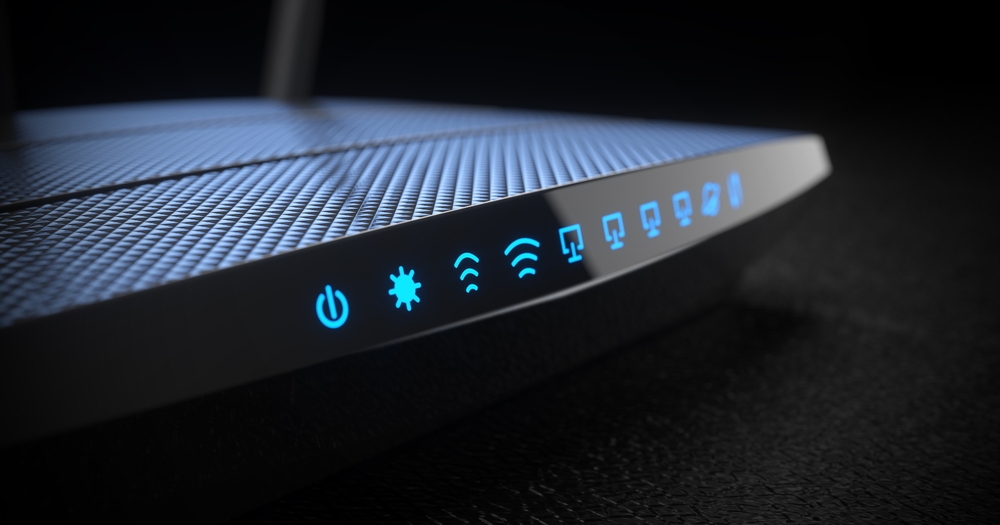
Researchers have recently uncovered a critical security flaw in a range of D-Link routers that could potentially allow hackers to seize control of the devices and carry out commands with root privileges. The SSD Secure Disclosure team of researchers unveiled a proof-of-concept exploit targeting a vulnerability associated with the handling of HNAP login requests in the D-Link DIR-X4860 series of routers, as detailed in a recent blog post published on May 14. This vulnerability could be exploited as part of a series of vulnerabilities to achieve complete device takeover.
According to the post attributed to “Noamr” of the SSD team, “Security vulnerabilities in DIR-X4860 allow remote unauthenticated attackers that can access the HNAP port to gain elevated privileges and run commands as root.” The post further elaborates on how combining an authentication bypass with command execution could lead to the entire compromise of the device.
The primary concern arises due to the improper implementation of the authentication algorithm within the router’s handling of HNAP login requests. HNAP, a SOAP-based protocol utilized for the identification, configuration, and management of network devices, lacks the necessary security measures. This loophole allows attackers to escalate privileges and execute code within the context of the router itself.
The critical flaw stems from the failure to implement the authentication algorithm correctly, granting attackers the ability to manipulate the system to their advantage. Despite repeated attempts by the SSD team to notify D-Link about the issue, no response has been received from the company regarding a potential patch or solution. This lack of urgency on D-Link’s part raises concerns about the security of vulnerable devices, especially since past vulnerabilities have been exploited to create botnets or steal sensitive data from network attached storage devices. D-Link has previously been the target of a significant security breach, further emphasizing the importance of addressing these security issues promptly.
The attack chain highlighted by SSD outlines a step-by-step process for bypassing authentication and exploiting the HNAP flaw effectively. By sending a specially crafted HNAP login request and leveraging the response data, attackers can create a legitimate password for the admin account, granting them unauthorized access to the device. This exploit underscores the need for robust security measures and prompt response to address critical vulnerabilities in network devices.
The specifics of the HNAP flaw within prog.cgi, the component handling HNAP requests on specific TCP ports, further highlight the potential risks associated with this vulnerability. The lack of proper validation of user-supplied strings before executing system calls could enable attackers to execute malicious code within the root context of the device, posing a severe threat to its security.
Despite the efforts made by the SSD team to notify D-Link of the vulnerability, the lack of response from the company has left researchers with no clear solution to mitigate the risks posed by this flaw. As a last resort, the vulnerability disclosure has been made public to bring attention to the issue and urge users to take necessary precautions, such as disabling remote access management interfaces, to avoid exploitation.
In conclusion, the discovery of this zero-day exploit in D-Link routers serves as a stark reminder of the constant threat posed by security vulnerabilities in network devices. The timely identification and mitigation of such flaws are essential to safeguarding the integrity and security of devices connected to the internet. It is imperative for manufacturers and users alike to remain vigilant and proactive in addressing potential security risks to prevent unauthorized access and data breaches.

